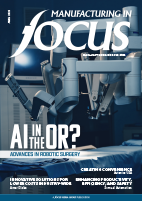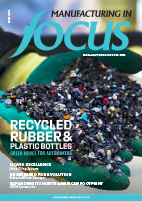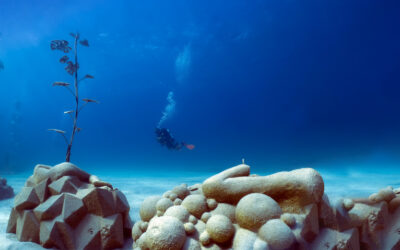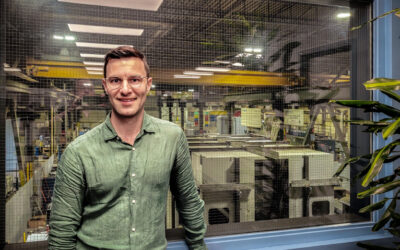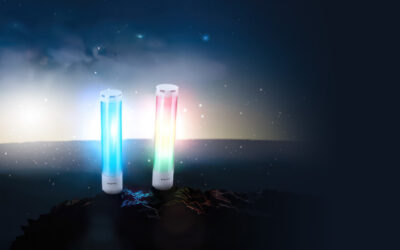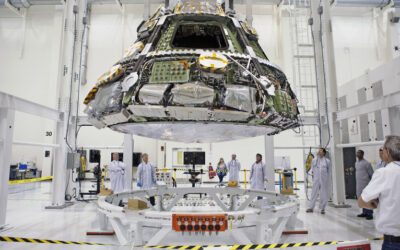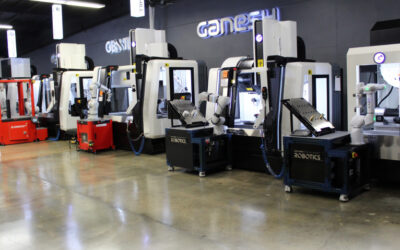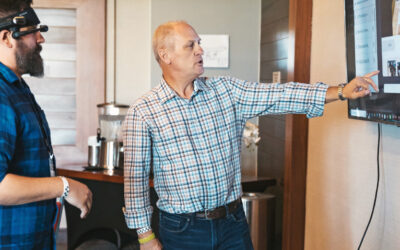The shopping experience has undergone some monumental changes in just a few short years as in-store shopping appears to have taken a backseat to online purchases. This requires only a few clicks and confirmations from a computer or smartphone to have the chosen items delivered to a consumer’s doorstep for a seamless and personalized shopping experience. It does not get more convenient than that.
According to eTail Canada’s ‘2019 Director’s Report,’ almost eighty percent of Canadians indicate that they shop online substantially more today than just a few years ago. Ninety percent of Canadian online shoppers own a smartphone, and sixty percent have used it to make purchases, according to the same report.
In the United States, nearly fifty percent of consumers shop online according to Walker Sands Communications’ ‘The Future of Retail’ report for 2018.
Much of the recent online shopping phenomenon can be attributed to the ongoing Covid19 pandemic but not all. Convenience has always been one of the determining factors for choosing online shopping and serves as the catalyst for changing shopping preferences.
Whether a consumer prefers in-store shopping – and many still do – or online shopping, the fact remains that manufacturers need to be aligned with consumers’ expectations. Consumers do not always make rational purchase decisions and can be driven by instinct and reaction. It is a very noisy purchasing world, and the competition is fierce for brand recognition. This is where packaging development places a critical role for manufacturers regardless of the product or sector.
It truly is all about the packaging, the development of which is both art and science. The two are inseparable. Think of packaging as far more than merely a container to hold goods since it goes beyond that. Well-thought-out package design can manifest itself as an advertisement, an art form, and even serve as an educational forum. The initial visual contact is the consumer’s introduction to a brand and what that brand represents, and that, in itself, is a powerful message.
Similar to developing making the product itself, packaging as well requires extensive research and development. Let us take a look at colour, really the essence of a brand. Colour is the first thing that catches a consumer’s eye, sharing the story of a company, its brand, and its product lines.
Manufacturers indeed change colour schemes often. But there is a lot to consider before doing so. Quite often the changing of colour schemes is essential to attract a broader or more targeted audience.
However, it is not a decision to be taken lightly, especially if a brand has been around for a while and has a defined image. The wrong colour choice can change a consumer’s perception of a brand, the complete opposite of what was trying to be achieved. Effective packaging connects with the consumer in various ways: emotionally, cognitively, at a sensory level, and yes, maybe even spiritually.
The strategy of effective packaging is to entice and connect with a consumer, most often at a subconscious level, to make them want to purchase your product and brand. Aside from colour choices, there is a myriad of ways in which strategic and effective packaging design attracts the consumer.
For visual appeal, simple and clean designs prove to be the most effective. Our visual world is bombarded with daily images, so much so that the brain may have some difficulty processing all the information.
The target audience of a product also affects packaging decisions. For example, a child’s product may have vivid colours and comical graphics, whereas products for the elderly may have larger fonts and minimal, easy-to-read print. An overly-complex, loud package is sure to confuse, and even worse, deter a consumer from making a purchase.
There are several things to ponder in product packaging and design. One of the main concerns of product packaging is protecting the contents from damage while in transit. Other concerns include safety and security from forces such as rough handling, tampering, changes in temperature, or humidity.
That the right-sized, efficient package really does make a difference. Contemplate factors such as product shape and size, fragility and materials. Having the right size of package will reduce shipping costs, time, and packaging is more sustainable with less waste to dispose of.
Other considerations include the ease of opening and accessing a product and the possible ability to reseal it if needed.
Labelling is communication between product and consumer. Every consumer wants and needs to know what they are buying, and that is why labelling is so essential. Labelling will indicate such things as product origin, ingredients, storage instructions, applicable warnings, and whether a product is organically or ethically sourced, for example. All need to be plainly indicated on the package. Product labelling is also used to distinguish different types of products under the same brand name.
Numerous regulatory bodies will determine labelling requirements, depending on the product and the country. Therefore, a manufacturer has to evaluate its legal obligations prior to product labelling.
Much of a product’s success is determined by the aesthetics used in packaging. A great deal of a consumer’s decision-making time is related to the visual appearance of a given product. A name brand with standardized packaging could very well lose out to a package with a more appealing appearance.
Consumers are drawn to visually attractive products that serve as a stimulus to recreate associations with pleasant experiences. The emotion is generally followed by a judgment and a decision to purchase. In a competitive market, creating positive emotions sells products.
A little originality goes a long way. Every product manufacturer strives to ensure that its product appears to be special and produced to quality standards. This should be reflected through ingenious packaging with something different that hints at the promise of what is inside. Creativity can take many forms such as shape, print variations, and materials used.
Gone are the days when any packaging would do as long as it served its purpose and represented the brand name. Today, enticement is the name of the game, and those that take the time and effort to showcase the uniqueness and the benefits of the product through imaginative package design strategies will hold a place in consumers’ memories and will outshine the competition.
Many consumers feel an obligation to make informed, responsible choices to lessen their carbon footprint. This environmental consciousness affects purchasing decisions, and manufacturers as well as the product packaging industry are recognizing the need to answer this call to action.
Consumers seeking eco-friendly packaging are choosing products that clearly indicate that they are made from recycled material and are biodegradable, recyclable, or reusable. And being eco-friendly is a definite means to attract new consumers and garner brand reputation.
Innovation in the art and science of packaging is presenting consumers with a new experience. Smart packaging, also referred to as intelligent and active packaging, saw revenues of nearly eleven billion dollars in 2015. That is expected to reach almost twenty-seven billion by 2024, according to market intelligence firm Grand View Research, headquartered in San Francisco, California. Smart Packaging encompasses elements such as attractive visuals, preservation and protection of a product, and connectivity.
Printed electronics and near-field communication (NFC), a wireless data transfer using close-range technology to communicate effortlessly without an internet connection, will shape the future of consumer interaction. So too, will smart light-emitting diodes (LEDs) and organic light-emitting diodes (OLEDs) incorporated as part of the product packaging.
Nanotechnology may be a driver for future packaging by reducing packaging waste through bio-nano composites which will replace non-biodegradable materials such as plastic. Nanomaterials will be resourced for antibacterial and hygienic packaging, particularly in food, medical and pharmaceutical products.
These are just some of the promising packaging technologies that will find their way into the packaging and revolutionize the manufacturing, packaging, and consumer experience. It is an exciting time. Perhaps Earl Edward Bulwer-Lytton, the eighteenth-century English writer and politician said it best: “Art and science have their meeting point in the method.”



